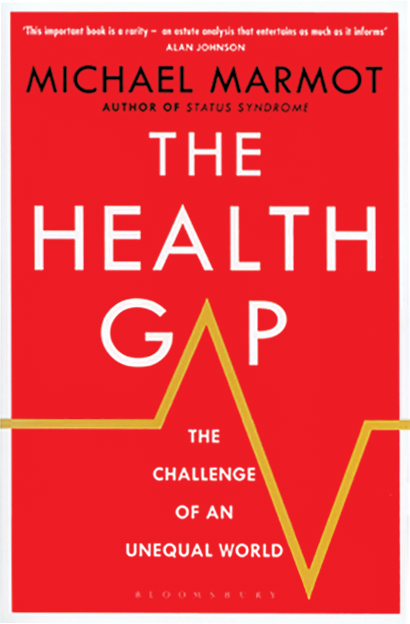Evidence linking the rapidly spreading Zika virus to birth defects is mounting, adding to the urgency of efforts to develop a vaccine and underlining calls for co-ordinated international efforts to control its spread.
A recent spate of microcephaly cases involving women who were infected with Zika while pregnant – including one where the virus was found in a newborn’s brain tissue – has strengthened suspicions the disease is responsible for severe abnormalities.
Thirty-four countries have been hit so far in the current outbreak, most of them in Latin America, according to the World Health Organisation. In Brazil alone, around 1.5 million cases have been reported, and a further 25,000 are suspected in Colombia.
But the disease has also spread to the Pacific. Ongoing transmission has been reported in Tonga, where 542 suspected cases have been identified, and Samoa.
Though there is no evidence of Zika virus transmission in Australia, Chief Medical Officer Professor Chris Baggoley has warned there is a “continuing risk” of the disease being imported into the country from infected areas – so far this year, seven cases have been confirmed, all involving returning travellers.
Disturbingly, two pregnant women who recently travelled to Zika-prone regions have tested positive to the virus – one if Victoria, the other in Queensland.
Health authorities have convened a Communicable Disease Network Australian working group to monitor the international outbreak and advise on public health measures.
Though the effects of the disease are considered relatively mild in adults, the WHO has declared the outbreak a public health emergency of international concern because of mounting fears it is causing serious birth defects.
WHO Director-General Dr Margaret Chan said last week that although a causal relationship between Zika virus infection in pregnancy and microcephaly (babies born with abnormally small heads) was not yet scientifically proven, it was “strongly suspected”.
Evidence of a causative link between the virus and severe congenital abnormalities is strengthening.
Last month, a mother in Hawaii who was infected with the Zika virus during her pregnancy gave birth to a baby with microcephaly, and the US Centers for Disease Control reported on 10 February the Zika infection was evident in the case of two babies born with microcephaly who subsequently died, and two instances of miscarriage. In addition, the New England Journal of Medicine reported the case of a Slovenian woman who suffered a Zika-like illness while pregnant in Brazil. Her baby developed microcephaly, and the Zika virus was found in its brain tissue.
“The level of alarm is extremely high,” Dr Chan said. “Arrival of the virus in some places has been associated with a steep increase in the birth of babies with abnormally small heads and in cases of Guillain-Barre syndrome.”
In declaring a health emergency, the WHO has urged a coordinated international response to the virus threat, including improved surveillance of infections and the detection of congenital malformations, intensified mosquito control measures, and the expedited development of diagnostic tests and vaccines.
There is currently no treatment or immunisation for Zika, and although 15 companies or groups are working on a vaccine, the WHO has warned it is likely to be 18 months before one is ready for trial.
Their task is complicated by uncertainty about how the virus is spread. Though mosquitos are considered the prime culprit, there are suspicions it may also be spread though bodily fluids, particularly blood and semen.
As a precaution, the Australian Red Cross Blood Service has deferred collecting blood from donors who have travelled to countries with mosquito-borne viruses such as dengue and malaria.
The virus, which is closely related to the dengue virus, was first detected in 1947, and since 2012 there have only been 30 confirmed cases in Australia, all of them involving infection acquired overseas.
Members of the European Society of Clinical Microbiology and Infectious Diseases have warned that the next stage of the epidemic may involve the re-emergence of Zika in sub-Saharan Africa and, from there, southern Europe.
The Department of Foreign Affairs and Trade has advised pregnant women considering travelling to countries where the Zika virus is present to defer their plans.
All other travellers are advised to take precautions to avoid being bitten by mosquitos, including wearing repellent, wearing long sleeves, and using buildings equipped with insect screens and air conditioning.
Adrian Rollins

 more_vert
more_vert